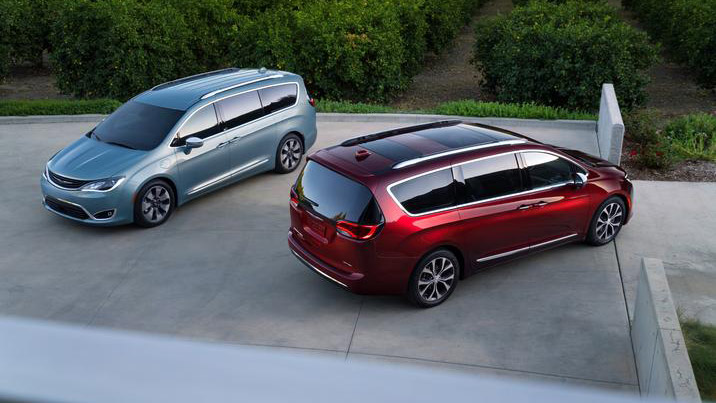
As the second most valuable publicly traded company in the world — only Apple is worth more — you’d think Google could partner with any car company and hook up a fleet of any car model it wanted. Indeed, the Google Self-Driving Car Project team was rumored to be in conversations with other large American, European, and Asian car companies about partnering on autonomous car testing.
Apparently, however, most walked away when Google made it clear it would own and control the resultant test data. But Fiat Chrysler Automotive (FCA) didn’t walk away.
FCA’s CEO Sergio Marchionne made it clear he didn’t think individual car companies, no matter how massive, should develop self-driving vehicle technology separately — for reasons of cost and uniformity. Marchionne was also actively seeking multiple partnerships at the time. Accordingly, he agreed to provide 100 Pacificas for Google to modify regardless of who controlled the data.
So what is it about the doors that’s so special? According to Daniel Rosenband, a hardware engineer working on the Google Self-Driving Car Project, it’s all about meeting expectations. If you tell people the cars are self-sufficient they won’t expect to have to do anything.
“We realized if you drop people off in a self-driving car they expect the car to do what it’s going to do — and that includes closing its door,” said Rosenband.
Rosenband further explained that if a passenger left a self-driving taxi without closing a door, the vehicle would have to call for human assistance if it didn’t have an electronic door open-and-close feature. We can just imagine a huge jam of stranded self-driving taxis, double- and triple-parked in front of airport terminals, because passengers rushing for flights didn’t close the doors.
As Ford, GM, Volvo, and other companies around the world rush to push self-driving car development, it’s good to have a reminder that the human passenger part of the equation matters. We’ve already seen evidence of people’s unrealistic expectations of driver-assist features in current cars, including Tesla’s Autopilot. During the autonomous vehicle phase-in period, likely to last at least one or two decades, human expectations testing will be an important success and satisfaction factor.
Editors' Recommendations
- How a big blue van from 1986 paved the way for self-driving cars
- Waymo to bring self-driving minivans back to Bay Area for delivering packages
- Waymo’s next-gen self-driving tech can see what’s happening 500 meters ahead
- Waymo’s self-driving minivans and big rigs arrive in two more states
- Lyft’s self-driving car-testing program is racking up the miles




